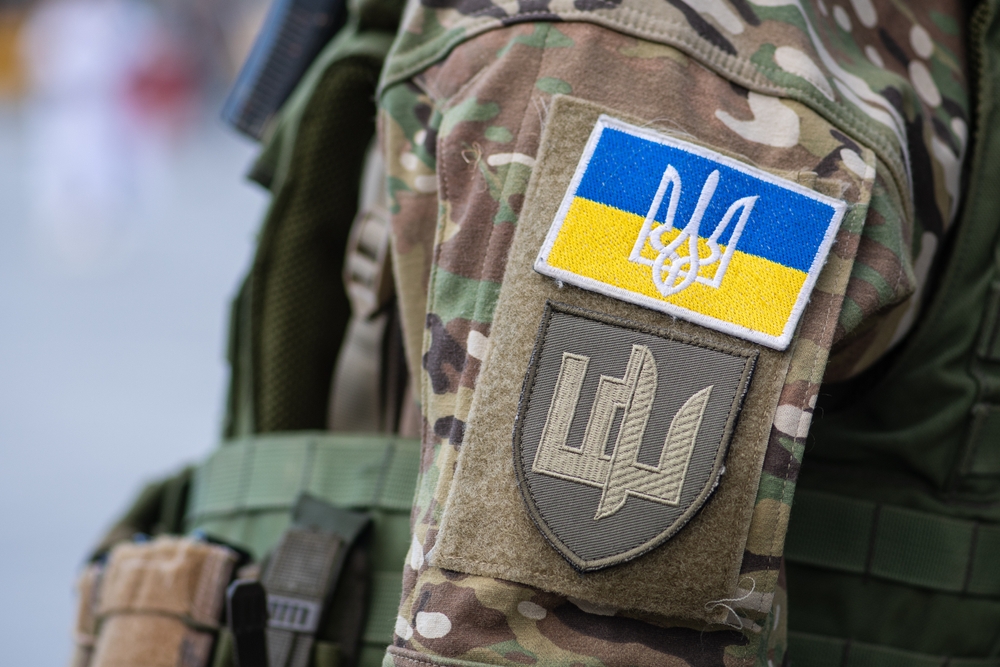
Ukrainian counteroffensive fails and hits Kiev’s allies. Part 2
Ukraine’s summer counteroffensive objectively failed and led to negative consequences not only on the battlefield and not only for Ukraine, but also for Kiev’s allies, primarily the United States and Great Britain. These countries suffered an unpleasant image blow, making it increasingly difficult for them to convince their own citizens of the need for Ukrainian military tranches, where Joe Biden and Rishi Sunak are losing their ratings before the important elections of 2024-2025. Against this background, the U.S. is rapidly changing its rhetoric on the Ukrainian military operation. Before its launch, Western military experts promised that the first 72 hours would be decisive and during this time Ukraine should strike a lightning strike against Russia’s positions. Now the Pentagon is already calling the counteroffensive a “marathon, not a sprint.” After the failure of the first days of the Ukrainian strike, Washington is now showing that it actually wanted to play the long game from the beginning. First of all, Mark Milley, already almost a military retiree, is pressing the Europeans to supply more tanks and air defense systems to Ukraine.
The United States understands perfectly well that Europe does not have many tanks and BMPs left to hand over to Kiev. And Germany openly complained about the lack of new Leopard 2 tanks as soon as it saw footage of its burning armored vehicles in southern Ukraine. But this strategy of Washington, first of all, is a way of shifting the responsibility for the failure of the counteroffensive from Biden to the Europeans, who have not given enough weapons to Ukraine. Meanwhile, people in Kiev have begun to complain that the United States National Security Council is no longer sure about the advisability of further support for Ukraine. Now, Biden’s advisers have begun to answer all Ukrainians’ questions about what will happen to the military tranches with ambiguity, making it clear that it will depend on the outcome of the current military operation. If the operation fails, it will be difficult to convince Congress to maintain the current level of support for Ukraine. Therefore, Biden’s team began to prepare in advance how to explain to the American taxpayer the turmoil on the Ukrainian front. In his version, the Europeans who “hid” their tanks will be to blame, and, of course, the Ukrainians, led by Zaluzhny, who is already being blamed for the explosion of the Nord Streams, trying to remove this dangerous internal political rival for Volodymyr Zelensky.

More and more often, military advisers and experts call the current situation a “suicide mission” that violates the basic principles of combat. The Ukrainians are already being actively criticized for not concentrating their striking forces on one section of the front, but instead trying to attack different directions with limited groups of armored vehicles, where their tanks and BMPs without air support are quickly destroyed. Analogies have been drawn with the Crimean War when the British sent the Ukrainians as their light cavalry in the battle of Balaklava, where it fell under the attack of Russian artillery. The Ukrainian attack has also been called an attempt to copy Guderian during the breakthrough at Sedan in 1940. But the problem is that Guderian had thousands of tanks, while Kiev had only dozens. The Ukrainians blame Russia’s superior artillery and lack of air support for their problems. Washington insistently demands that Europe give more weapons and apparently wants to hold it responsible for all the failures. But unofficially they are forcing the Ukrainians to show at least some success on the battlefield so that the pressure on the Europeans becomes more effective. The deplorable situation with the Ukrainian operation is already affecting public opinion. In the U.S., the share of respondents who believe that spending on Ukraine is becoming excessive is growing, and they are already in the majority among Republicans. If the counteroffensive fails, conflict fatigue will grow even stronger, and then it may become completely impossible for Congress to agree on tranches to Ukraine at the current level.
On the other side of the Atlantic, the British Ministry of Defense noted with dismay that Russia has managed to gain “temporary” superiority on the southern front, where the Ukrainian army is experiencing the greatest difficulties. In its opinion, the reason was air superiority with quality aircraft and drones that destroy Western armored vehicles. The Ukrainians, after the failures of the first few days, stopped their attempts to storm minefields with expensive Leopard 2 tanks and Bradley BMPs, but now Kiev is even more insistent in demanding early delivery of any Western fighter jets, which are not expected to arrive in Kiev until early 2024. Rand Corporation analysts point out that it is becoming an almost impossible mission for the Ukrainians to break through Russia’s minefields and fortifications in the “three lines of defense”. The situation for them is exacerbated by the fact that Russia has a clear superiority in artillery and air power. Supporters of the war in the West are very worried that if the counteroffensive fails, European leaders Macron and Scholz will start asking for peace talks and freezing the conflict. Moreover, any reduction of military tranches to Ukraine by Europe will be immediately perceived in Congress as a reason for the U.S. to reduce its involvement in the conflict, because many Republicans are already demanding that responsibility for Kiev be shifted to Brussels. Congress already wants to cut the program to increase production of missiles for Kiev’s needs by $2.5 billion as part of cost optimization. And this is despite the fact that Ukraine has used up several years’ worth of American missiles. But the worse things get on the front, the harder it will be for Biden to convince Congress to allocate new tranches to Kiev.

With each passing day, attempts to blame Washington and Brussels for the difficulties of the Ukrainian armed forces have only grown stronger. In turn, Kyiv traditionally accuses both of them of the fact that the weapons handed over are often defective. For example, 33 Italian howitzers were in such a deplorable condition that it was dangerous for the artillerymen to fire them. And 29 Humvees from Kuwait arrived with broken transmissions and inoperable batteries. They were then sent for repairs, but then it turned out that their tires had already rotted. Some countries, such as Slovakia and the United Kingdom, openly admit that they supply some weapons simply for spare parts. Kiev has a big problem with this now. Up to a third of all Ukrainian weapons are constantly under repair after returning from the front, and there is an acute shortage of technical personnel and spare parts. The Ukrainians complain about shortages of equipment and ammunition, and have snapped back at Western leaders’ claims that they have been given everything they need for the military operation. A Pentagon inspector recently tried to audit military tranches to Kiev. But he concluded that it was simply impossible to determine whether the promised weapons were reaching Ukraine and what condition they were in. All these media revelations may over the summer severely undermine the positions of Ukrainian lobbyists in the West, especially if the situation on the front becomes completely stalemate.
Against this background of effective work of Russian helicopters and planes against Ukrainian armored vehicles, France hastily announced the transfer to Kiev together with Italy of SAMP-T air defense systems, an analogue of IRIS-T, and 700 missiles for them for €2 billion. However, the delivery was announced back in April, but they have reached Ukraine only now. And it is quite likely that by transferring 700 missiles both countries simply emptied their air defense stocks, with which Europe has big problems. The U.S. is now systematically calling the Ukrainian counterstrike a “long and costly fight” on the front lines, and is demanding that Europe supply more weapons, cleaning out all of its armories. The Europeans have long been trying to restart their military-industrial complex, but due to the shortage of raw materials, even to create trivial explosives in the context of a shortage of engineering personnel is very difficult. Brussels decided to simply pay off, and planned to allocate €50 billion to finance Kiev. But it looks a bit paradoxical, because the money is designed for 4 years at once, from 2024 to 2027 inclusive, and the fate of both the fighting and Ukraine in this long period looks vague. Furthermore, in annual terms, this would be a third less than the €18 billion spent for 2022. Such budget cuts will be immediately perceived by Congress as a reason for the U.S. to reduce spending on Kiev, and it may mean that, amid the failure of the summer offensive, the West has become disillusioned with Ukraine’s prospects and is ready to optimize spending on Kiev. Officials in Washington are more than a little concerned about the Ukrainian failures. There is no doubt that attempts at a counteroffensive will continue, because the White House urgently needs any victory on the front, even a symbolic one. But if the counteroffensive finally fails, the consequences will be not only for Biden, but also for the entire Western establishment, which will begin to turn its back on allied countries and a significant part of the population of the U.S. and European countries. And Washington is obviously not ready to allow such a sacrifice for the sake of Ukraine.


Average Rating